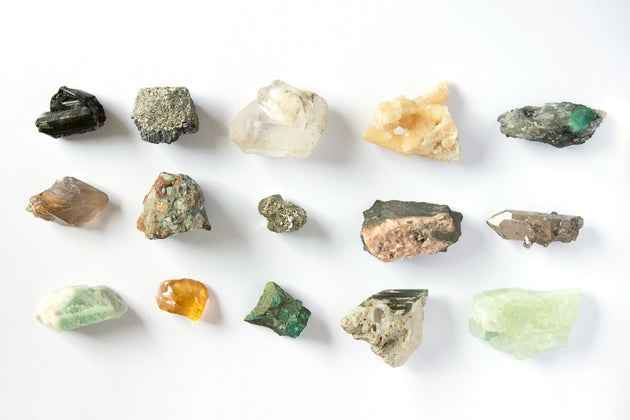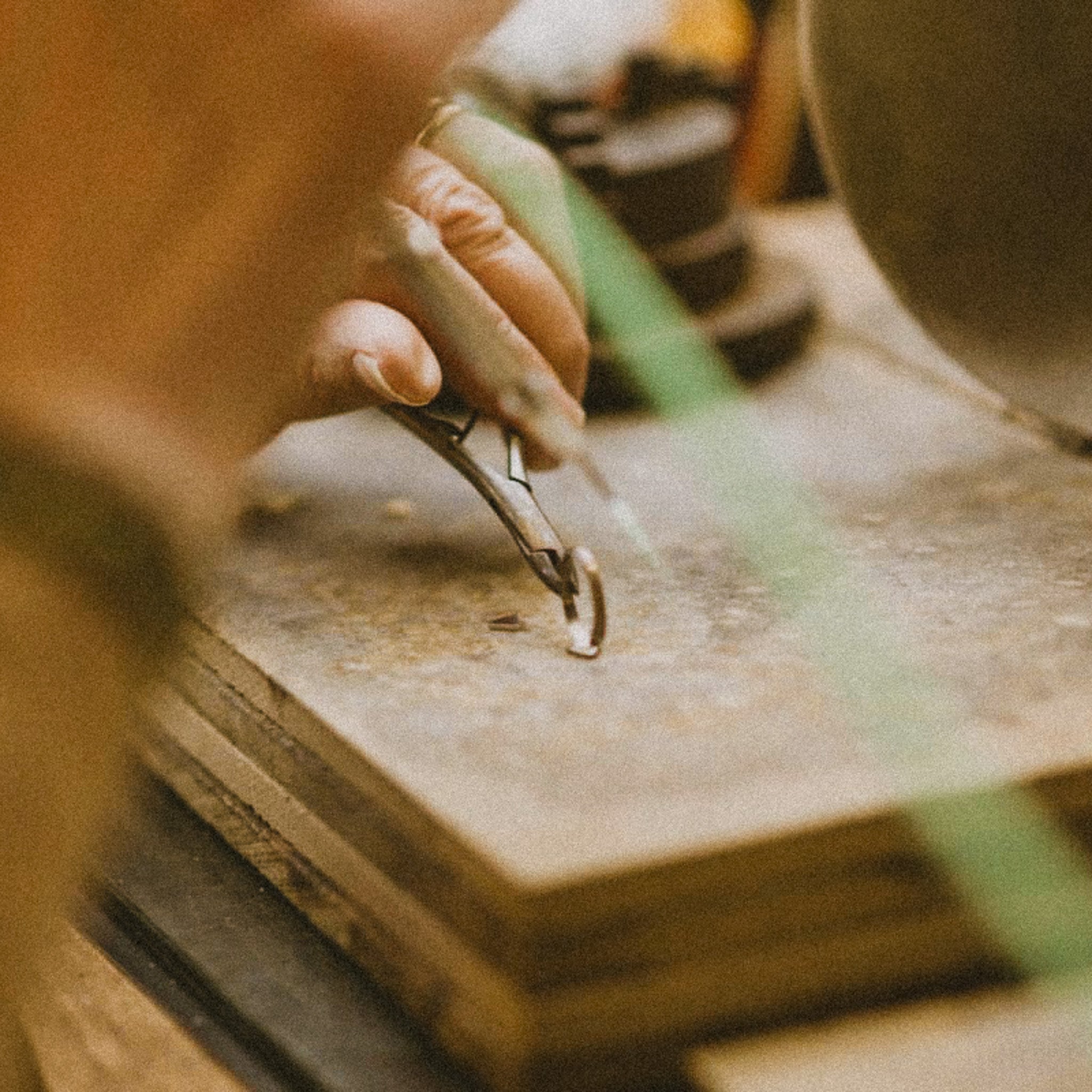A piece of jewelry that's broken, damaged or no longer to your liking? Rather than having it end up in the trash or at the bottom of a drawer, did you know that you can recycle it ? The remelting of the precious metal will be used to create new jewelry without drawing on the natural resources of our beautiful planet. Recycling your silver jewelry makes perfect sense when you consider the negative impact that theextraction of precious metals has on the Earth and its inhabitants. Here are a few facts to convince you, if you haven't already done so, of the importance of thinking in terms of circular economy.
Minerals in our daily lives
Scary overconsumption
Every human being uses hundreds of products made from minerals every day: a pencil, a light bulb, plates, a bed, a refrigerator, a cell phone, a computer, a car or a bicycle... We don't always think about it, but all these objects come from natural resources, a large proportion of which are mineral.
Did you know that a cell phone contains over 50 different materials? Plastic, copper, glass, carbon, cobalt, nickel, iron ore...
This may not seem like much. However, multiplied by the world's population and by each person's daily consumption, the figures rise dramatically. In the course of a lifetime, a single person consumes more than 1,500 tonnes of minerals, fuels, metals... Just imagine what this represents for the entire population of the planet!
The negative impact of mineral extraction
To produce everyday objects, minerals have to be extracted from the ground. For example, for an 18-carat gold wedding ring found in major jewelry stores, 2tons of rock have to be dug up.
In addition to destroying natural habitats and biodiversity, mining and quarrying produce large quantities of waste and require enormous amounts of energy. 5% of the world's energy consumption is used to crush ores.
This is not sustainable development!
Moreover, mining rocks requires the use of toxic and polluting substances. To extract gold, for example, mercury and cyanide must be used.
The harmful consequences directly affect not only the people working in the mines, but also the rest of the existing and future population.
The rules applied vary from nation to nation. It is not uncommon to find poisoned river water and extreme, dangerous conditions for workers in the poorest countries. While some operators are far from eco-friendly, fortunately there are some who adopt a way of working that respects nature and mankind. These are the people we turn to when looking for ethical stones to adorn our jewelry. Thanks to total traceability, we know exactly the working conditions and exploitation of the areas, enabling us to make the most responsible choices.
From a linear economy to a circular economy
The Earth is not an inexhaustible resource, so moving from a linear to a circular production model is essential.
In thelinear economy, the 5 main stages lead to waste, and this cycle is repeated for every product created:
- extraction ;
- production ;
- distribution ;
- consumption ;
- disposal.
By following this manufacturing model, one planet is no longer enough to support consumption.
In a circular economy, at the end of the chain, the loop brings the end-of-life object back into the manufacturing process: no waste, no need to extract new natural resources.
But to be able to enter the circle of circular production, objects originally destined for the garbage can must be collected and recycled.
Companies specialize in collecting precious metals and transforming them into new finished products.
As jewelry designers, we at aglaïa & co regularly have silver scraps. To ensure that nothing is lost, we send them to our refiner. They are then melted down and reused. We then buy the recycled silver from him to create new jewelry. Everything is recovered!
Why recycle silver jewelry?
Considering all the environmental and social issues we've just discussed, avoiding overproduction and waste is a must.
What's more, over 20,000 tonnes of silver ore are currently produced every year. Yet this precious metal is not a renewable resource. If mining continues at the same rate, reserves could well be exhausted within the next decade.
But we are fortunate to have solutions to remedy this situation!
In a previous article, we talked to you about upcycling (or how to give an object a second life). This is the principle on which our Vita Nova collection is based: we give life to new pieces, made with stones left over from previous collections.
But it's also possible to recycle your damaged, old or unwanted jewelry. Once sent to the collection centers or factories that take care of them, the material will be used for new creations.
Welcome to the wheel of the circular economy!



